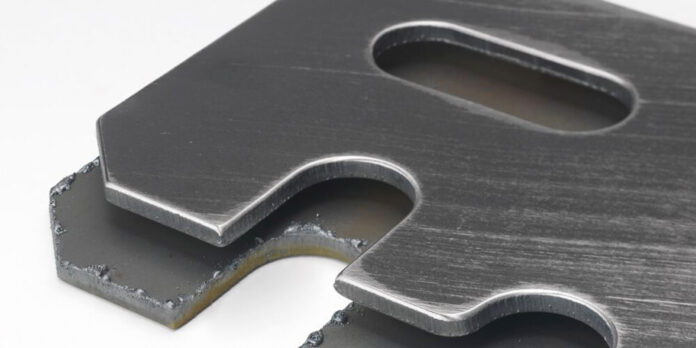Metal deburring is an essential part of the whole chain of sheet metal processes. The burr occurs on a metal sheet during the machining process. It can be removed using this process. The history of metal deburring dates to the 1980s when thin sheets were often punched and then nibbled into new material. Thicker sheets, on the other hand, were often cut using a plasma. An oxyfuel was also used to facilitate the cutting process. Read this article to learn more about metal deburring processes.
Deburring was for reducing the chances and risks of injury. For instance, stamped portions at the exit of a stamp come with razor-shape edges. In the past, the intention was to eliminate or get rid of the risks of injury during production.
Over the years, the laser was introduced into the market. Many people believed that deburring would not be necessary anymore since the machines cut burr-free if the parameters were set appropriately.
The opposite turned out to be true.
Although the punched segment had a positive and negative outcome, laser-cut parts came with sharp edges.
Before metal deburring became prominent in the industry, experts realized that there was the issue of the layer of oxide that accumulates on the sides during the beam flame cutting.
There was also a problem during the coating and welding processes. Experts realized that removing the oxide layer was not enough to get a perfect coating result.
The thickness of the coating was also sharp-edged in that the workpiece looked thin. Compared to the surface in wet painting, it looked dry on the surface. For that reason, producers began to develop various machines useful in rounding workpieces and their edges.
Currently, up to 0.2 mm edge round is standard. All too often, one is confronted with the requirements of 0.5 mm. This is usually for thin sheets.
2.0 mm is used in heavy plates.
Reasons for Deburring
There are several reasons for deburring. There are also multiple reasons for rounding. First of all, it prevents injuries. Then, deburred parts offer an aesthetic look.
All too often, tools used for bending the machines suffer from the formation of burr. They are also exposed to faster wear, particularly if the burr has not been removed.
This applies to the ironing out of the rolls that are used to straighten machines.
If the parts of metal sheets are machined, the burr should be removed. This is done to protect the devices used in the metal shaping process. Sharp edges may be precarious for laboratory gloves.
The process of burring metal may be dangerous if a thicker metal sheet is used.
Even though the word deburring refers to the basic removal of a burr, the processes below are often assigned to deburring.
Final Thoughts
A variety of sheet processors offer intensive rounding. But most people overlook the fact that every doubling process of the metal radius can lead to a folding expenditure. This may be determined by drawing a cross-section of that part and then calculating your material’s total surface area. Click here to learn more.











